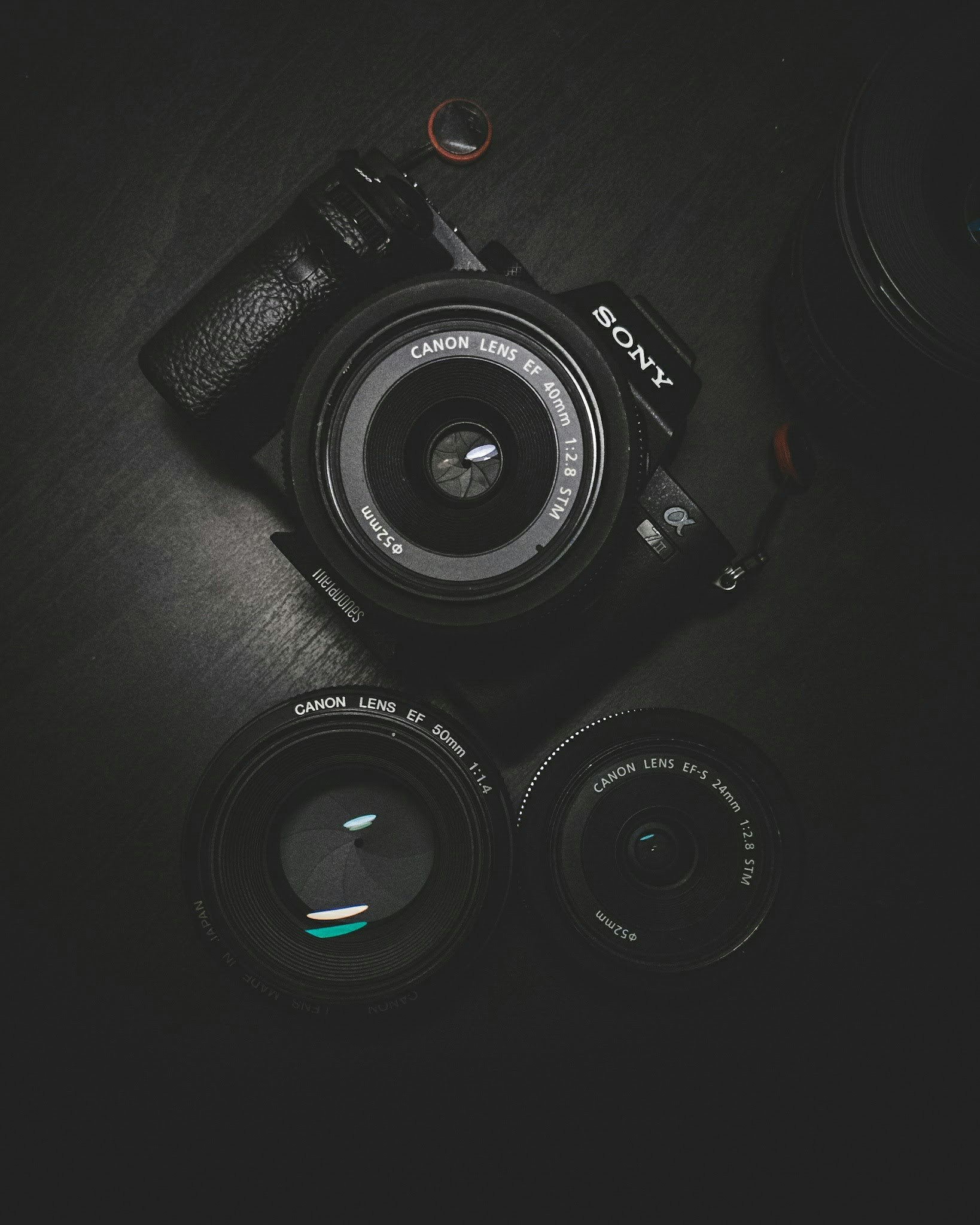
Photography has long been a medium for capturing the external world, but it also has the power to reflect the internal world of the photographer. Personal projects in photography can serve as a unique form of self-expression, enabling individuals to explore their emotions, beliefs, and experiences in a way that words often cannot. Through this lens, photographers can communicate their thoughts, confront personal challenges, and share intimate narratives with others. Whether through portraits, landscapes, or abstract work, photography offers endless possibilities for self-discovery and artistic freedom.
Using Photography to Explore Personal Identity
One of the most profound ways photography allows self-expression is by exploring personal identity. Personal photography projects provide a space for photographers to confront who they are, what they believe in, and how they see the world. Photographers can create images that reflect their journey and values by choosing specific subjects, compositions, and themes. This might include photographing meaningful objects, places, or people that define their identity or exploring concepts like culture, gender, or family through their images.
Personal identity can also be explored through self-portraiture, where the photographer becomes both the subject and the creator. Self-portraits examine one’s self-image, emotions, and personal growth over time. Photographers can portray various aspects of their personalities or experiences through different angles, lighting, and settings. This can be a profoundly therapeutic and reflective practice, allowing individuals to visually express feelings of vulnerability, empowerment, or transformation. Self-portraiture is a powerful form of self-discovery that provides insight into one’s internal world while engaging with the external one.
Telling Personal Stories Through Photography
Photography allows individuals to tell deeply personal stories that may be difficult to express through other mediums. Whether documenting a life event, capturing moments with loved ones, or exploring personal challenges, photography can become a storytelling tool that transcends words. Through the lens, a photographer can document significant moments that hold emotional or historical value, creating a visual narrative that offers insight into their life journey.
Personal photography projects can also explore more prominent themes, such as overcoming adversity, dealing with grief, or celebrating personal triumphs. By focusing on specific moments, subjects, or experiences, photographers can capture the essence of these stories poignantly and visually. These individual projects create a space where the photographer’s life and experiences are memorialized, and the emotions associated with them are shared with the world. Photography becomes an intimate language for telling one’s story, creating a lasting connection with others who may relate to similar experiences.
Photography as a Tool for Emotional Expression
For many, photography becomes a therapeutic outlet for processing emotions and experiences. Photography allows individuals to externalize their feelings and create something tangible that represents what is happening inside. Whether capturing the beauty in everyday moments or confronting darker emotions, photography provides a way to process and express feelings constructively.
Photographers can examine their emotional landscapes in new ways by using photography as an emotional outlet. For example, a person going through a challenging period might use photography to document their emotional journey, capturing raw and honest images representing feelings of sadness, anger, or hope. The creative process of selecting and capturing images that resonate with one’s emotional state offers a sense of control, helping individuals articulate their feelings when they may otherwise be difficult to verbalize. Photography also has the power to heal, allowing individuals to reflect on their emotions and find meaning through their images.
The Freedom of Creative Exploration
Personal photography projects offer a rare creative freedom that commercial or commissioned work cannot always provide. With no expectations or restrictions, photographers can explore themes, styles, and techniques without fear of judgment or failure. The creative process becomes an act of discovery, where photographers can experiment with new concepts, compositions, and visual storytelling methods.
This freedom encourages photographers to take risks, step out of their comfort zones, and explore new perspectives. Whether experimenting with light, trying unconventional angles, or using abstract forms, personal projects offer the freedom to innovate and express ideas that may not fit traditional photography norms. Photographers can create fresh, authentic, and deeply personal work by pushing creative boundaries. Creative exploration allows photographers to find their voice and experiment with new ways of seeing and interpreting the world.
Creating a Portfolio That Reflects Your Passion
While personal projects are often created for personal fulfillment, they also play an essential role in shaping a photographer’s portfolio. Personal projects allow photographers to showcase their unique style, approach, and passions. Unlike commercial or client-based work, personal projects enable photographers to showcase what excites them most, whether it’s portraiture, landscapes, abstract work, or environmental photography.
A portfolio built around personal projects speaks volumes about a photographer’s creative direction and what drives them artistically. It provides potential clients or collaborators with a glimpse into the photographer’s passion and authenticity, offering insight into the kind of work they can expect from the photographer. These projects can reflect a photographer’s values, helping to attract like-minded clients or collaborators who appreciate the vision behind the work. A portfolio of personal projects showcases technical skills and highlights the photographer’s ability to tell stories and convey emotions through their work.